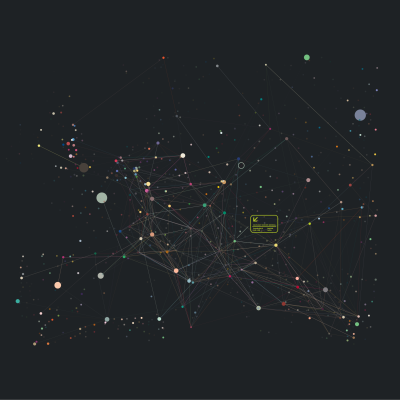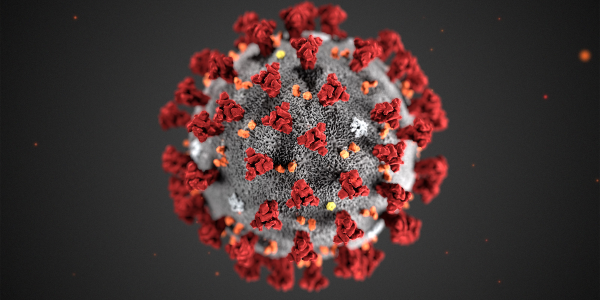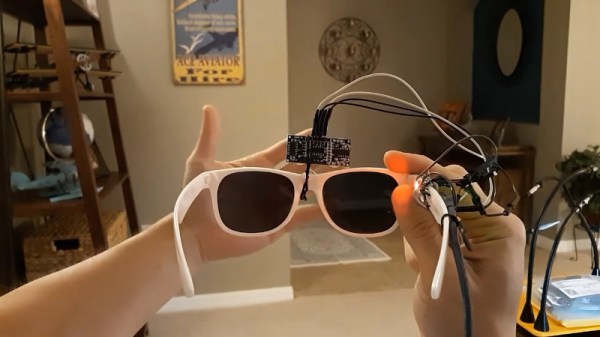As you read this, the Open Hardware Summit is taking place, but differently than in previous years. This year, it’s taking place in cyberspace! To what do we owe this futuristic development? Unfortunately, COVID-19, the corona virus.
And OHS isn’t alone. Vintage Computer Festival Pacific Northwest was cancelled outright. In Germany, where I live, the national health board has recommended cancelling all events with more than 1,000 attendees, and both the Maker Faire Berlin and the Chaos Computer Club’s 20th annual Easterhegg have been called off.
 And just announced yesterday, our own Hackaday Belgrade event is going to be postponed and rescheduled for later this year. It’s truly sad, but we’re still looking forward to seeing you all a little bit later in the summer. If you can’t make the new date, tickets will of course be refunded. We’ll keep you informed when we get a new venue and time.
And just announced yesterday, our own Hackaday Belgrade event is going to be postponed and rescheduled for later this year. It’s truly sad, but we’re still looking forward to seeing you all a little bit later in the summer. If you can’t make the new date, tickets will of course be refunded. We’ll keep you informed when we get a new venue and time.
The best way to slow the spread of a global pandemic, according to the WHO who should know best, is washing your hands and avoiding contact with other people. “Social distancing” is the new catch-phrase, and that means keeping a few meters away from other folks whenever reasonable. And clearly, gathering people from all over the world, packing them into a single auditorium, and spending quality time together doesn’t meet this requirement.
So we’re all probably going to be laying low globally for a little while. On the positive side, this means more time for hacking here in the lab, and I’m excited to be able to watch the online version of the Open Hardware Summit. If you’re working from home, it’s that much easier to keep up to date with Hackaday. Still, I can’t wait to be on the other side of this thing, and it makes me appreciate the various social gatherings that much more.
And of course I have Isaac Newton in my thoughts, who developed the groundwork for his Calculus and laws of gravitation while at home because Cambridge was closed to stop the spread of the Great Plague. Wash your hands!

















